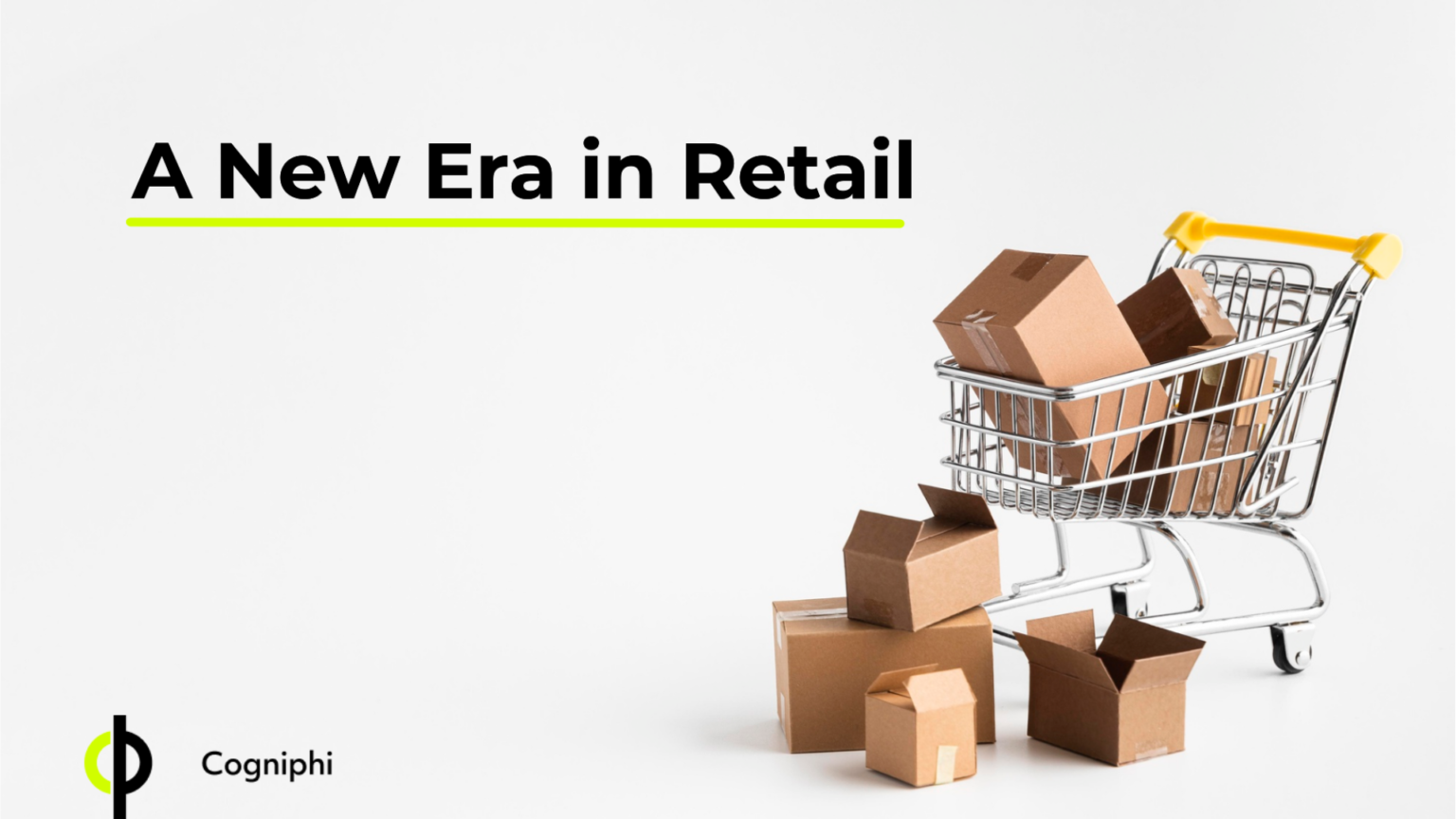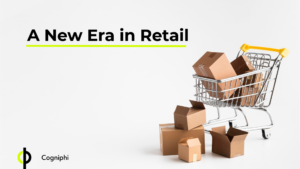
A new era for Retail Stores
Retail is probably the one business that has undergone the most transformation and faced most challenges in the past few years. At the same time it is also the business where the most opportunities have opened up for the months ahead.
Whether it is super market chains, convenience stores, restaurants, electronic stores or food delivery service, the need of the hour is to be prepared for disruptions, and equip yourself to be able to pivot quickly to new ways of delivering products, services and customer experiences.
And, for that you must ensure you have the right technology to adapt to change. The time to think fresh, accept new concepts and experiment is Now.
Changed consumer behaviour has driven a multi channel approach
Shopping online has created a whole new world of shopping habits. The routine and practices of shoppers have clearly changed a great deal. Many customer habits have in fact changed forever. This has created the need for a major transformation in how retailers respond to an evolving situation.
An online shopping platform has become unavoidable to any large or medium retail business. But it has several challenges in cyber safety, infrastructure and supply-chain management, sporadic peaks and lows in demand, and the enormous issues involved in home delivery services.
Those who have weathered the storm are typically the retailers who have taken the hybrid route, being able to meet consumer needs irrespective of where the shopper is, whether it is in the physical store or online. Not that this approach is devoid of practical problems. It is not rare that an online sale has happened and the product ordered is out of stock.
An integrated technology solution is what successful retailers have adopted to manage critical operational functions in a hybrid model: tracking overall inventory in real time, keeping tab on the customer journey and preferences, making personalized offers and communications.
Click & Collect models (ordering online and pick-up at the store) are not only popular but also encourage more in-store visits and larger baskets.
Promoting and selling specific products based on preferences through social media is also a booming trend since it helps you find new customers.
Alibaba’s Hema supermarkets in China now run as a combination of a physical store, a restaurant and a fulfillment centre, with more than half the sales done via the app and picked up from the store.
Hence, the name of the game is to Go Hybrid. Technology and Artificial Intelligence will help you work with the right data and keep alive a connected software solution to seamlessly drive the multiple-channel business and transform your profitability.
Retail experiences will mostly be at a safe distance
While personalised experiences and engagements will continue to be key elements in retail, self-service concepts like contact-less check out will become the norm increasingly. Latest advances in Point of Sale technologies, like mobile PoS that can close transactions at wherever in the Store the customer is, are replacing traditional billing counters.
Vision Intelligence will play a huge part as the most popular technology in cashier-less outlets. You will soon see ceiling-mounted cameras and shelf sensors enabling the shopper to buy and leave without having to scan and pay. Contactless payment, being quick and convenient for the shopper as well as saving space for the retailer, is expected to become common sooner than later.
Retail processes will, without doubt, in the near future be driven by adoption of more and more technology.
Streamlining product lines will make for an easy shopping experience
The number of product options in a retail store is bound to reduce, which may be a boon for the shopper who may have got used to the search and filter service in online browsing and would prefer to walk around less and take quicker decisions. This would also be a welcome move for the retailer who can look now at a smaller and selected inventory.
Understanding the customer becomes a crucial factor in determining the choice of inventory. Garnering contextual data and utilizing artificial intelligence solutions will be key to keeping pace with customers’ wants.
Real time Data and Analytics will aid in finding new opportunities
Retailers must invest in technologies to move ahead with digital transformation to upgrade their capabilities and stay ahead of competition. Many retail businesses would have closed down during the pandemic if not for running their IT in the Cloud. By helping them make full use of data to get invaluable and actionable insights, advanced analytical tools in the Cloud also proved more than just useful in understanding clients and predicting demand.
Demand forecasting technologies using AI becomes absolutely essential to spot trends and patterns. Predictive tools that use AI and ML will be the most widely used ones to keep pace with change. The most accurate predictions though will come with a combination of the machine’s analytical abilities and human ingenuity and the awareness of external factors.
